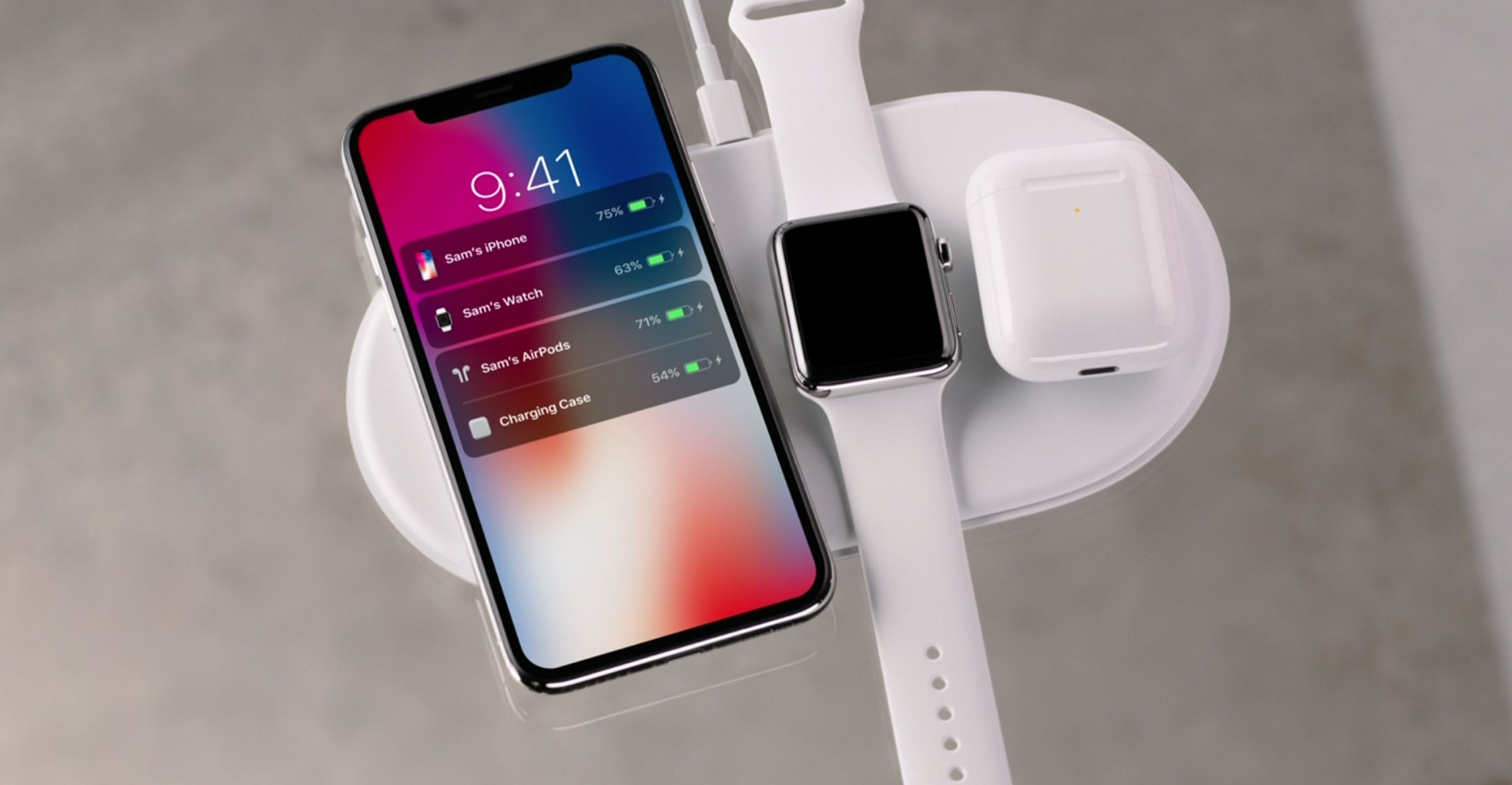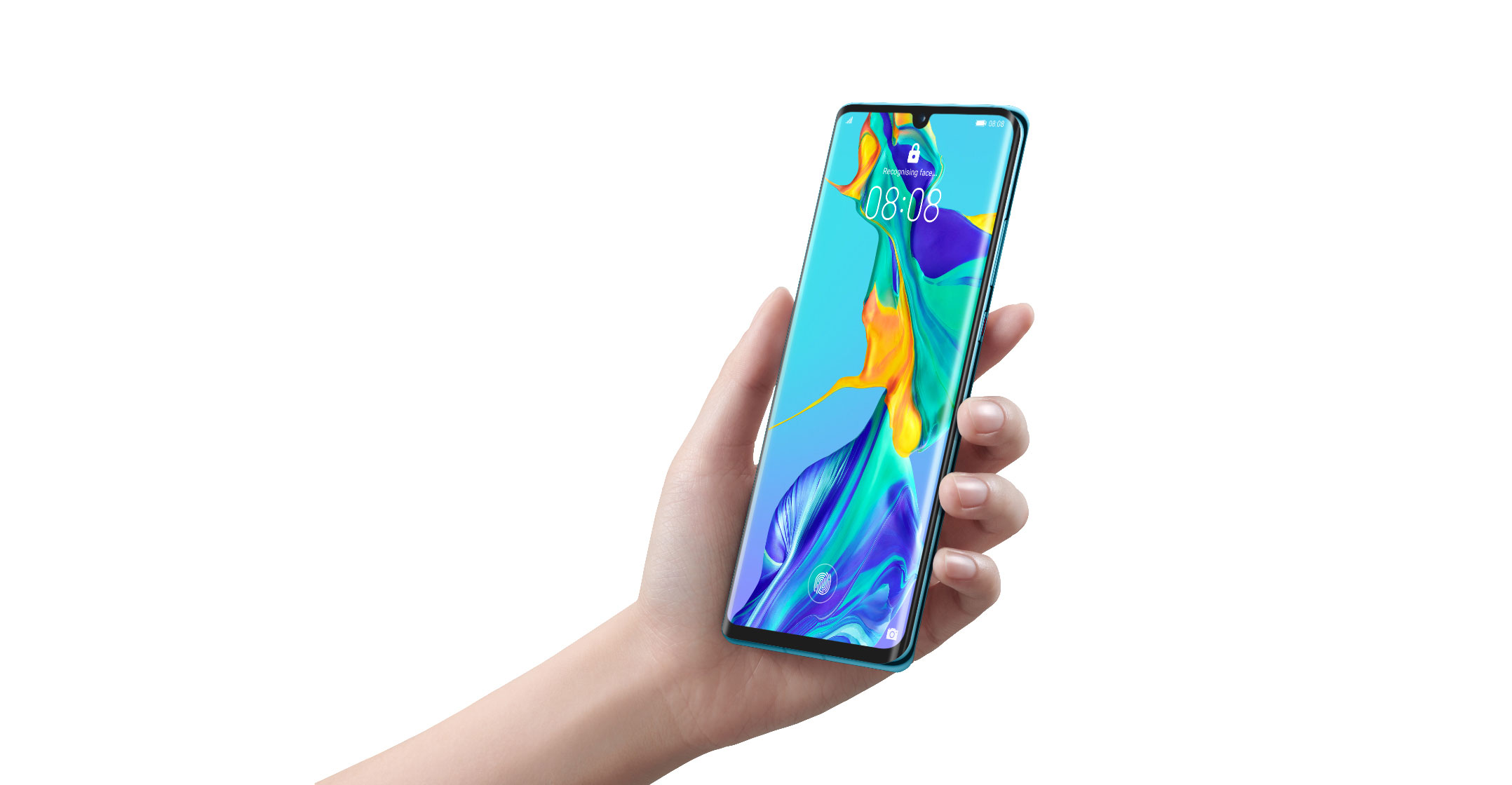
Huawei Technologies on Friday offered the first glimpse of an in-house software that may someday replace Google’s Android, an important step toward reducing its reliance on American technology.
HarmonyOS, previously code-named Hongmeng, is a long-gestating operating system that could soon find its way into smart TVs and lower-end phones. The OS embodies Huawei’s shift toward self-reliance as American sanctions cut it off from vital technology, and escalating US-Chinese tariffs jeopardise a carefully orchestrated global supply chain. Huawei’s efforts actually mirror Apple’s: to develop vertically integrated supply and production lines that help reduce exposure to inclement market forces, unreliable suppliers and unpredictable events like international trade disputes.
The newly hostile environment is putting to the test not just Apple’s “Designed in California, assembled in China” slogan, but the overall preparedness of two smartphone-making giants as the decades-old made-in-China model fractures. Here’s a look at how dependent Apple and Huawei are on external suppliers.
OS: Apple’s strength has always been the integration of software with hardware, and it has absolute control over iOS. Huawei is trying to do the same with HarmonyOS, but it has everything left to prove, starting today. For the foreseeable future, Huawei remains dependent on Android for its mainstream smartphones, especially outside China. Advantage: Apple.
Software ecosystem: The enormous fortress of iTunes, the App Store and a dedicated following of enthusiastic app developers is a huge and profitable edge for Apple’s mobile business. Huawei will need developers to build valuable apps for its ecosystem, which is another major question mark. Advantage: Apple.

Processors: Both design their own processors but neither controls their actual production. Instead, they rely on Taiwan Semiconductor Manufacturing Co to put them together and on SoftBank Group’s Arm for the licences they need to design semiconductors. Advantage: Neither.
Memory and storage: SK Hynix, Samsung Electronics and Micron Technology anchor the two smartphone makers’ storage needs. The Korean duo have a significant lead on RAM modules. Neither Apple nor Huawei has the capability to produce their own storage chips, though Huawei recently launched the Nano Memory Card. Advantage: Neither.
Display: Samsung is the biggest supplier of the OLED displays that Apple uses for its iPhone X and Xs top-tier devices. Others such as Japan Display and LG Display provide LCD panels for the likes of the iPhone XR and earlier models. While Huawei is in much the same boat, it’s increasingly relying on home-team vendor BOE Technology Group for its OLED panels, which are starting to win customers beyond China. In short, neither is capable of doing the manufacturing itself. Advantage: Neither.
Modems: Essential to mobile connectivity, modems are only going to become more important with the transition to next-generation 5G technology. Apple recently agreed to buy Intel’s modem division, a step toward designing its own 5G chips. But Huawei is already among the leaders on this front, having announced the Balong 5G01 modem in February. As with processors, neither has its own silicon facilities so they’ll again be reliant on specialist foundries. Advantage: Huawei.

Assembly: Apple and Huawei are heavily reliant on assemblers such as Hon Hai Precision Industry, also known as Foxconn. Both also tap other Taiwanese contract manufacturers — such as Pegatron, Compal Electronics and Quanta Computer — to varying degrees, while Huawei also relies on Flex. But unlike Apple, which decided years to outsource much of its global production in China, Huawei operates a few highly automated lines to make top-tier P series phones. Advantage: Huawei.
Others: Apple and Huawei rely on a plethora of companies elsewhere in their smartphone production. US companies Skyworks and Qorvo provide radio-frequency modules to facilitate 3G and LTE communications. Dutch semiconductor company NXP is the go-to supplier of NFC parts required for contactless payments. Sony is the undisputed leader in camera sensors and modules. And Apple-funded Corning supplies toughened glass. Advantage: Neither.
Apple and Huawei appear to be the brains orchestrating a huge, international body of engineering muscle. They design their own software, processors, modems and phones, but ultimately have to hand those plans off to a legion of transnational suppliers and manufacturers. — (c) 2019 Bloomberg LP

